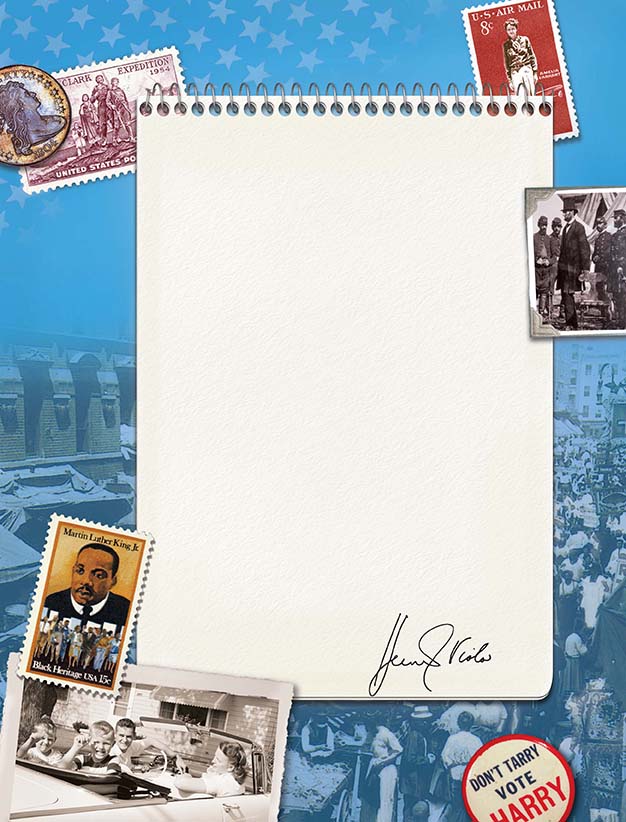Reflections: The Civil Rights Struggle
World War II was the seedbed of the social unrest that marked the civil rights era. During the war, thousands of African American soldiers and Native American soldiers had proudly fought to defend freedom and democracy. They had experienced social freedoms overseas unheard of at home. When they returned to their own country after the war, they were no longer willing to accept its racial inequality.
The civil rights movement was carried out by many people who decided to take action either individually or collectively. One striking example was a group of African American students who launched a project to improve the wretched conditions at their segregated high school in Virginia. In 1951, the concern of the students, which included several army veterans now trying to get their high school diplomas, was not segregation but frustration. How could they get an equal education in the three tarpaper shacks that passed for classrooms? “Each shack had a potbelly stove that roasted students near it while leaving those in the back chilled,” remembers John Stokes, senior class president and one of the planners.
When county officials insisted they lacked funds to build a new school for the black students, the students decided upon a bold and daring plot to bring attention to their cause. The organizers asked students gathered at an assembly to go out on strike to demand better educational facilities. All together, they marched from the school to bring attention to their plight.
Later, 115 of the students and their parents signed a petition protesting the inadequate classrooms at their school. The Supreme Court eventually heard the petition as part of the Brown v. Board of Education of Topeka (1954) case, the landmark decision that ended segregated classrooms across the country. Stokes and his fellow conspirators had not been seeking an end to segregation. They just wanted better classrooms, like those of the white students. It was an exciting yet terrifying time for the young activists. “Today I wonder how we ever pulled it off,” marvels Stokes, who went on to become a high school principal in Baltimore, Maryland.





